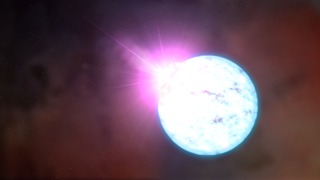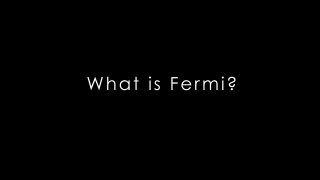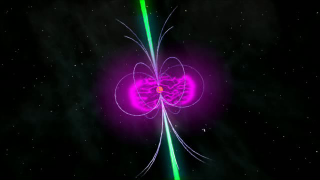Fermi Discovers Youngest Millisecond Pulsar
A pulsar, also called a neutron star, is the closest thing to a black hole astronomers can observe directly, crushing half a million times more mass than Earth into a sphere no larger than a city. This matter is so compressed that even a teaspoonful weighs as much as Mount Everest.
Typically, millisecond pulsars are a billion years or more old, ages commensurate with a stellar lifetime. But in the Nov. 3 issue of Science, the Fermi team reveals a bright, energetic millisecond pulsar only 25 million years old.
The object, named PSR J1823—3021A, lies within NGC 6624, a spherical assemblage of ancient stars called a globular cluster, one of about 160 similar objects that orbit our galaxy. The cluster is about 10 billion years old and lies about 27,000 light-years away toward the constellation Sagittarius.
"With this new batch of pulsars, Fermi now has detected more than 100, which is an exciting milestone when you consider that before Fermi's launch only seven of them were known to emit gamma rays," said Pablo Saz Parkinson, an astrophysicist at the Santa Cruz Institute for Particle Physics, University of California Santa Cruz.
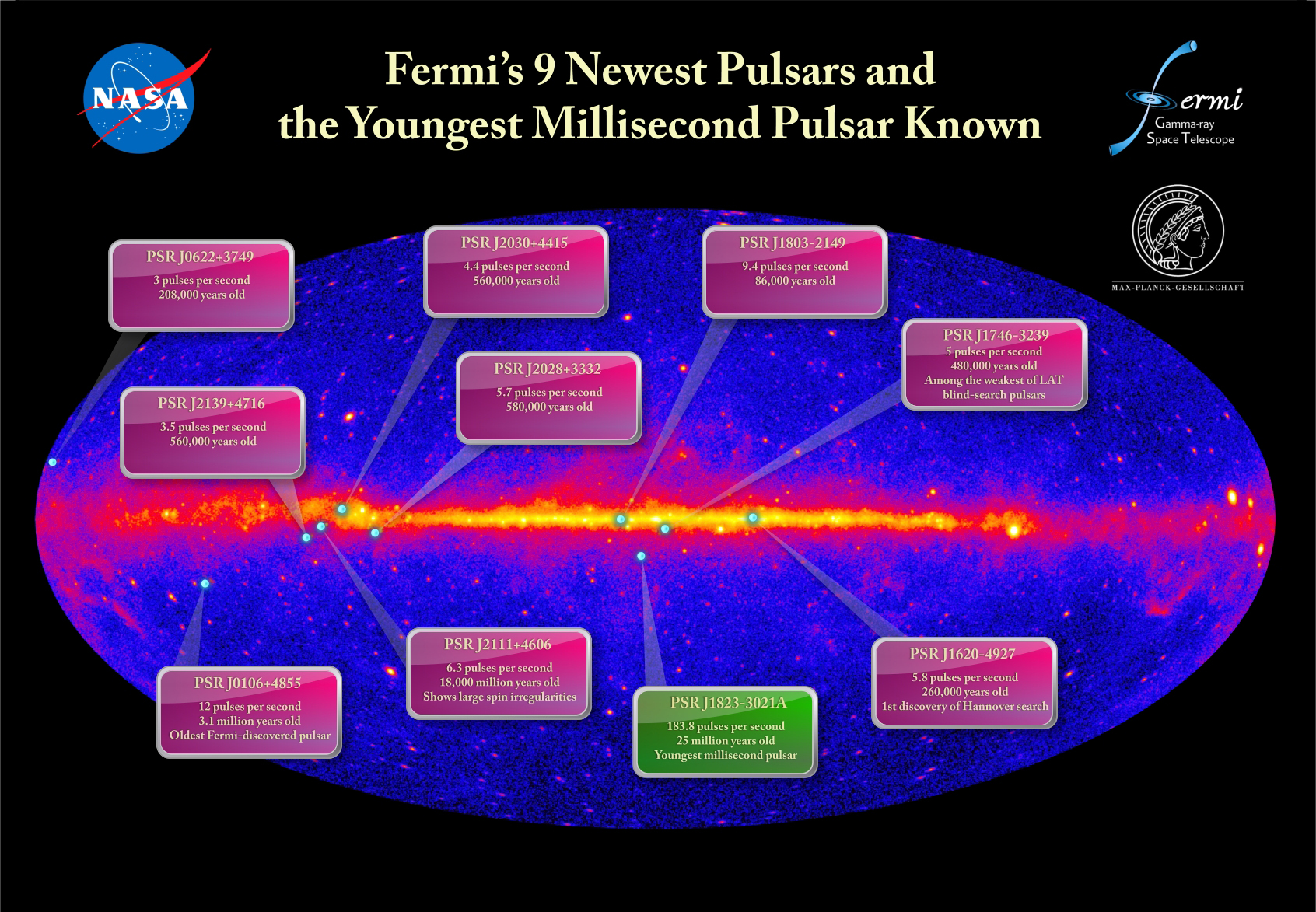
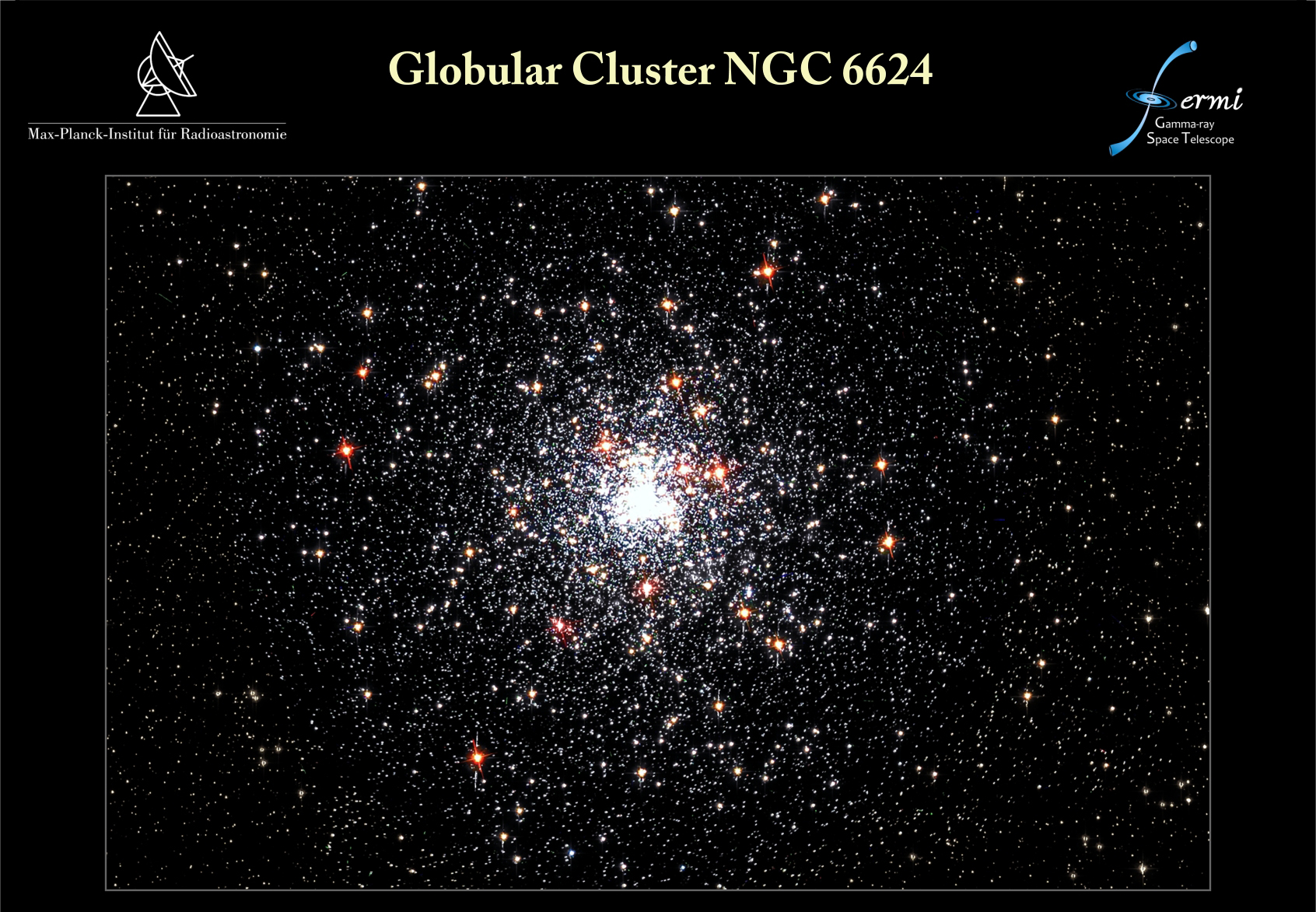
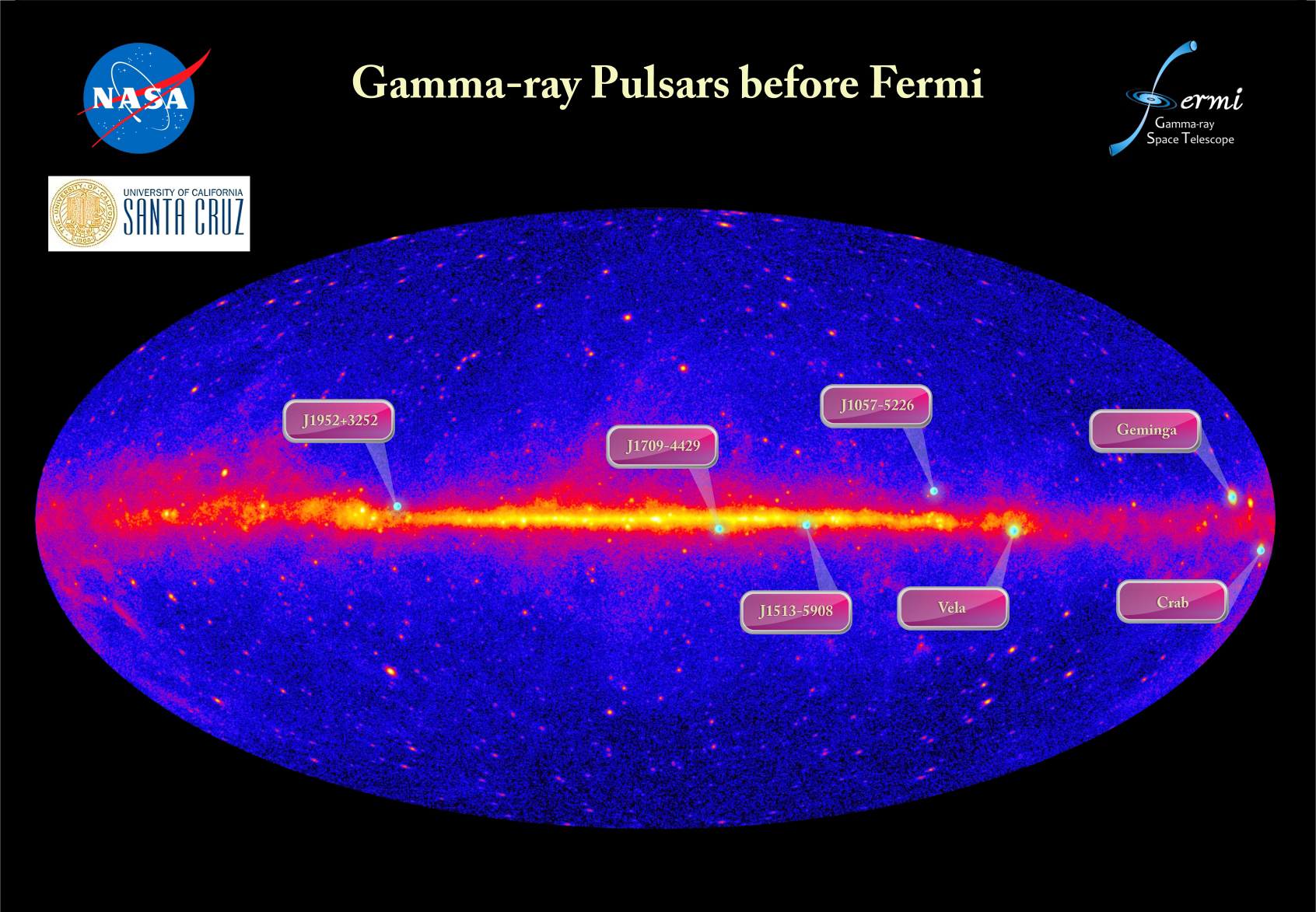


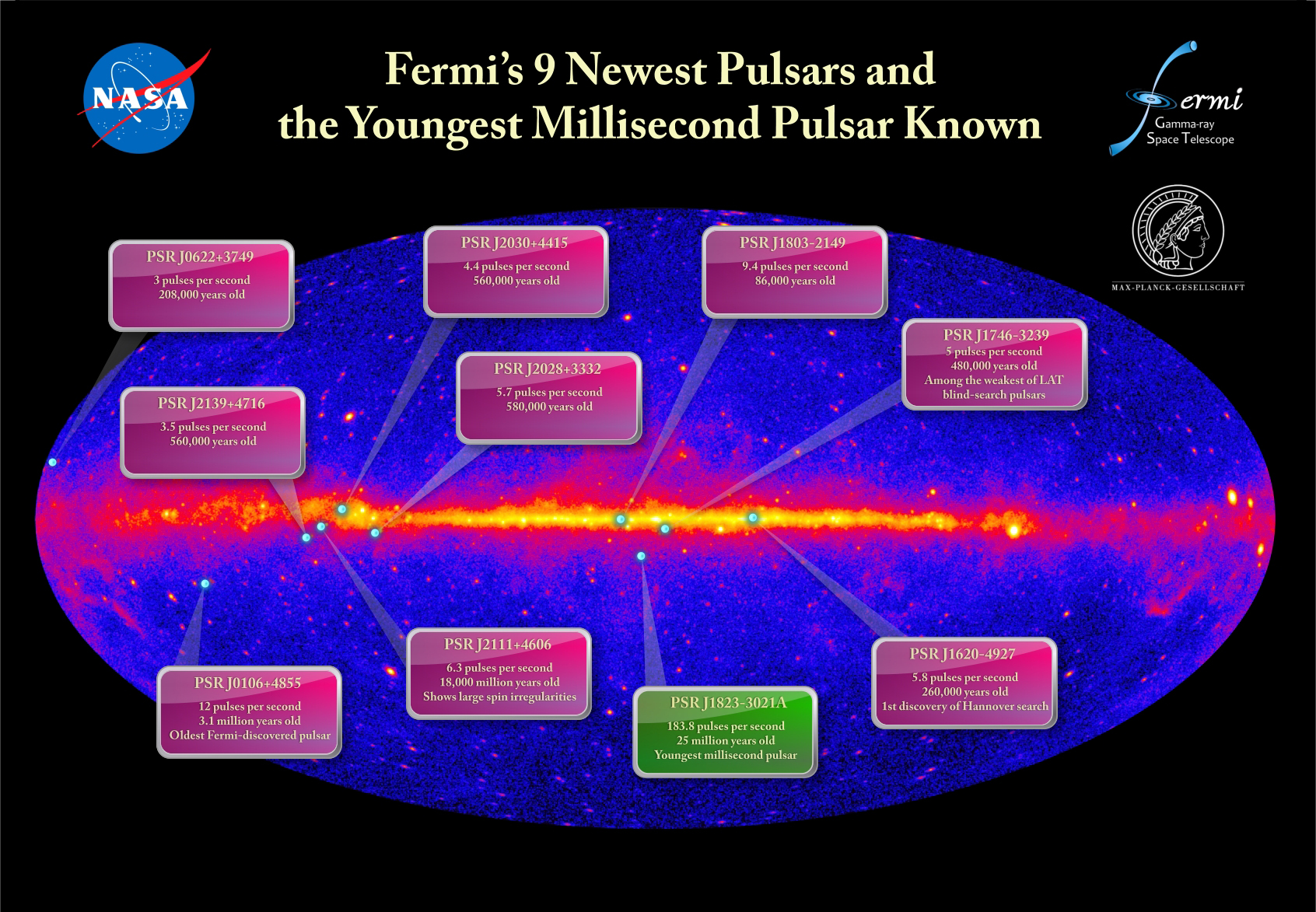
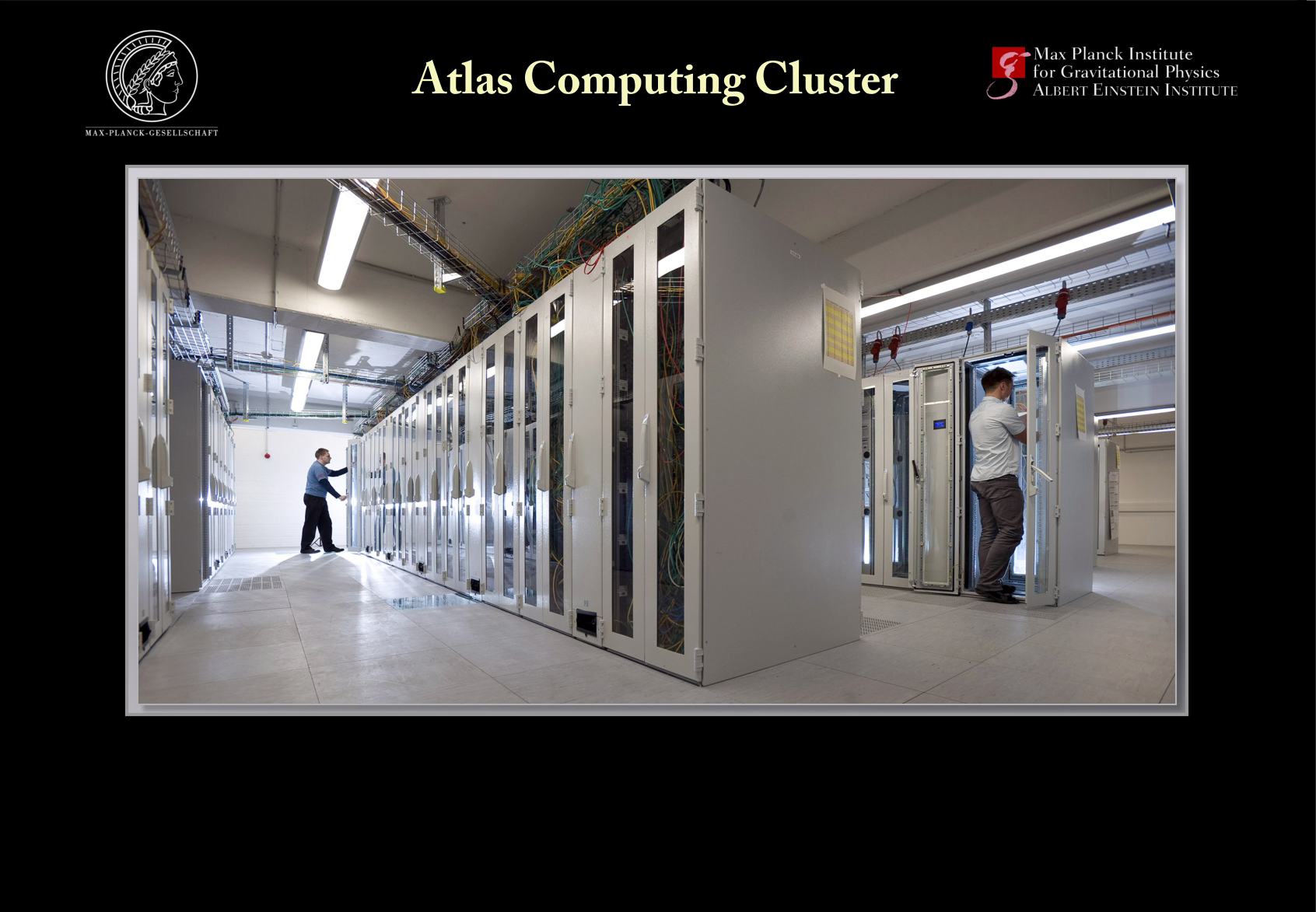
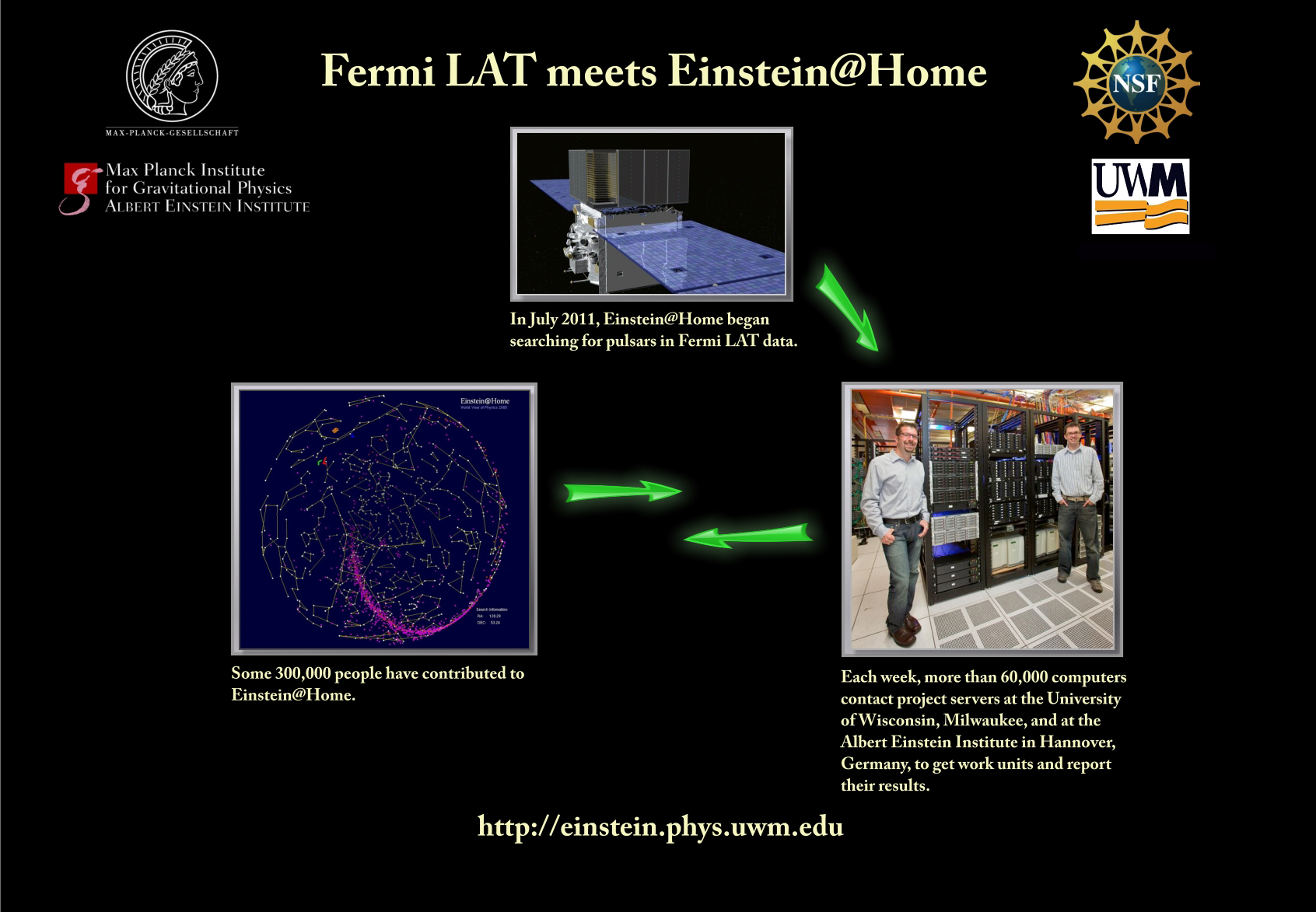
Related
For More Information
http://www.nasa.gov/mission_pages/GLAST/news/briefing-20111103.html
http://www.nasa.gov/mission_pages/GLAST/news/young-pulsar.html
Credits
Cruz deWilde (Avant Gravity): Animator
Dana Berry (Skyworks Digital): Animator
Scott Wiessinger (USRA): Animator
Scott Wiessinger (USRA): Video Editor
Scott Wiessinger (USRA): Narrator
Scott Wiessinger (USRA): Producer
Shane Keating (GST): Project Support
Francis Reddy (University of Maryland College Park): Lead Science Writer
Scott Wiessinger (USRA): Writer
Francis Reddy (University of Maryland College Park): Graphics
Francis Reddy (University of Maryland College Park): Visualizer
NASA/Goddard Space Flight Center. However, individual elements should be credited as indicated above.
https://svs.gsfc.nasa.gov/10858
Mission:
Fermi Gamma-ray Space Telescope
Data Used: Note: While we identify the data sets used in these visualizations, we do not store any further details nor the data sets themselves on our site.
This item is part of these series:
Narrated Movies
Goddard Shorts
Astrophysics Visualizations
Astrophysics Animations
Astrophysics Stills
Astrophysics Features
Goddard TV Tape:
G2011-113 -- Fermi Pulsars
Keywords:
SVS >> HDTV
SVS >> Music
SVS >> Neutron Star
SVS >> Satellite
GCMD >> Earth Science >> Spectral/Engineering >> Gamma Ray
SVS >> Astrophysics
SVS >> Universe
SVS >> Pulsar
SVS >> Edited Feature
SVS >> Space
SVS >> Fermi
DLESE >> Narrated
SVS >> Supernova
SVS >> Star
SVS >> Space Science
NASA Science >> Universe
GCMD keywords can be found on the Internet with the following citation: Olsen, L.M., G. Major, K. Shein, J. Scialdone, S. Ritz, T. Stevens, M. Morahan, A. Aleman, R. Vogel, S. Leicester, H. Weir, M. Meaux, S. Grebas, C.Solomon, M. Holland, T. Northcutt, R. A. Restrepo, R. Bilodeau, 2013. NASA/Global Change Master Directory (GCMD) Earth Science Keywords. Version 8.0.0.0.0
